
How to Request Testimonials From Your Clients ( + Free Templates)
This is a guest post contributed by Philip Oyelola. Philip is a marketing enthusiast & content marketer. He helps tech companies with content that builds trust and educates their audience. He enjoys writing on topics like HR, client management, and content marketing.
Requesting testimonials from your clients can be a bit awkward, especially if you’re new to it. But testimonials from satisfied clients are a powerful form of social proof that can win over prospects who’ve been on the fence and enhance your brand trust and credibility.
In this post, we’ll share a simple but effective process for generating client testimonials.
Implement an Offboarding Process
A full-blown client offboarding process might feel like overkill to many freelancers and business owners, but it’s a great way to gather testimonials, which are crucial to your long-term success. Plus, it’s a professional way to end a client relationship on a positive note, which might even mean return clients down the line.
Here’s a checklist to help you seamlessly offboard your clients:
- Send a follow-up message or survey to your client after completing the project to gauge how satisfied they are with the work.
- Write them a personalized “thank you” message expressing gratitude for their confidence and partnership.
- Highlight what you accomplished together and recap the project deliverables. This showcases the value of your work and lays the foundation for a good testimonial.
- Archive all the project documents, like reports and communications, and package them up nicely to send over. This also makes it easy to locate important files if the client comes back seeking info on the project.
- Showcase additional products and services that might be relevant to your client.
- Ask for referrals, recommendations, and testimonials.
Get the Timing Right
Before asking for a testimonial, it’s key to have a strong rapport established with your client. Make sure your work is complete and they’re satisfied with the final product. The timing of your ask will depend on your industry and the kind of work you offer. But in general, asking for a testimonial at the end or near the end of a project is ideal.
Let’s consider a few examples. If you run a SaaS company, the best time to ask customers for testimonials is after they’ve experienced first-hand success with your product. If you’re a freelancer who offers services like writing or video editing, it’s smart to wait until the project is complete, or until you’ve hit a particular milestone — like the completion of a key deliverable. If you offer ongoing services, wait until your clients have experienced visible results from the work you were hired to do.
Prioritize Customer-Centric Testimonials
There are two kinds of testimonials: self-serving and customer-centric.
A self-serving testimonial prioritizes the interests of a company or services instead of describing how a service or product benefits the customer. It often falls flat with prospects, because it fails to illustrate the positive impact your clients experience from working with you. Here’s an example of a self-serving testimonial:
I’ve worked with many different freelance writers over the years, and MIke is the best writer I’ve worked with. His motivation and expertise distinguish him from the rest. He’s a great guy, you should work with him.
On the other hand, a customer-centric testimonial centers on the value and impact your work has had on the client. It can nudge prospects to work with you because they can identify with the client and imagine the results they’ll experience too. Here’s an example of a customer-centric testimonial:
We had several challenges before working with Mike. Our conversion rate was below our desired expectation. None of our blogs ranked on the first page of Google. From the initial consultation, Mike impressed us with his deep understanding of SEO and BOFU content. He asked insightful questions about our brand, audience, and goals.
Working with Mike has improved our conversion rate from 50% to 200%. 25% of our blogs now rank high on the first page. Mike is a professional freelance writer who delivers results. His expertise in audience/product research, SEO optimization, and content writing are clear.
The second testimonial is far more powerful and descriptive of what potential clients will accomplish by choosing to work with you.
Ask Politely
How you ask is just as important as what you ask. If you’re too demanding or persistent, you might drive your client away and even sour your relationship. Stick to friendly and professional when requesting testimonials.
Here are some tips:
- Ask clients who’ve had a positive experience with you and your product/service, and who you believe will speak highly and thoughtfully about your work.
- Begin your ask by expressing how much you enjoyed working with them.
- Explain why you’re asking for the testimonial and how it can help your business.
- Offer clear instructions to help simplify the process for your clients. You can also offer different response options (video, written quotes, social media posts, or even a more formal case study).
- Be clear about where their words will be shared (e.g. website, social media, email marketing, other promotional materials).
- Ask open-ended questions. They lead to more detailed feedback. Here are some examples:
- What was your biggest challenge before you started using our products/services?
- How have our products/services helped you overcome these challenges?
- How would you describe the overall experience of working with us?
- What kind of impact did our collaboration have on your business/life?
Create a Testimonial Request Template
A template saves you the stress of rewriting your testimonial request every time. It also serves as a guide for those who’ve never written a testimonial before. Here are some examples of templates for testimonial requests and when to use them:
#1 – Formal Testimonial Request
Hi (customer’s first name),
I’d like to express my gratitude for your partnership this past (duration). After completing projects, we love to ask for feedback and a testimonial to feature on our website.
Would you be willing to share your thoughts on our work together? You can check our website to see examples from other clients (insert link).
Here are a few specific questions/prompts to consider, but you’re welcome to share any other details you’d like:
- What were your biggest challenges with your company’s social media account before you decided to work with us?
- How would you describe your overall experience working with us?
- Have we improved your business/life in any way with our services? If yes, could you describe how?
Thank you for your loyalty, support, and business.
Regards,
(your name)
When to use: This testimonial request template is best used right after you’ve wrapped up a project with a client and the work is still fresh in their minds.
#2 LinkedIn Recommendation Template
Hi (customer’s first name),
Thank you for your confidence in my services. I have a small request for you. I try to keep my LinkedIn profile fresh to offer an accurate picture of my skills and experiences. Would you be willing to write me a LinkedIn recommendation describing your experience working with me ([insert link)?
Here are a few specific questions/prompts to consider, but you’re welcome to share any other details you’d like:
- What were your biggest challenges with your company’s social media account before you decided to work with us?
- How would you describe your overall experience working with us?
- Have we improved your business/life in any way with our services? If yes, could you describe how?
Please let me know if you need help or guidance.
Best,
(your name)
When to use: If you want to up your credibility on LinkedIn specifically, this is the template for you. It can help you generate recommendations that might sway prospects, who often check social profiles before committing to a service provider.
Ensure that Your Client Consents to the Testimonial
Using someone’s words to promote your business without their consent is unethical and can tarnish your reputation, or even lead to a lawsuit in more extreme cases. This is why it’s critical to ask for consent before sharing someone’s words publicly (especially if they weren’t shared publicly originally). Make sure you’re crystal clear about the fact that you’ll be using their testimonial to promote your services. You can even name the specific channels where you might share their testimonial (e.g. website and social media).
Conclusion
Generating testimonials is such an important part of operating a successful, trusted business. Over time, your clients’ words can help grow your business and expand your reach. People trust word-of-mouth marketing over all other forms of marketing and advertising. It’s well worth your time to invest in a solid, repeatable strategy to generate more of them. Good luck!




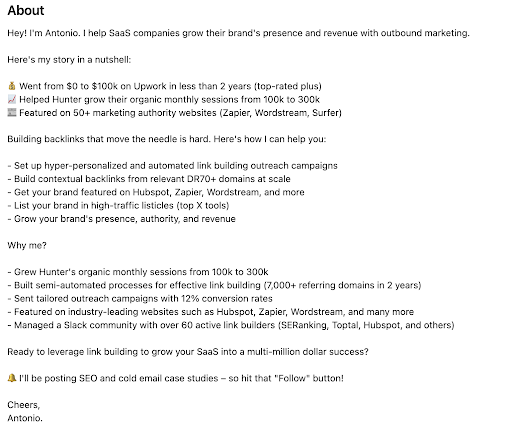
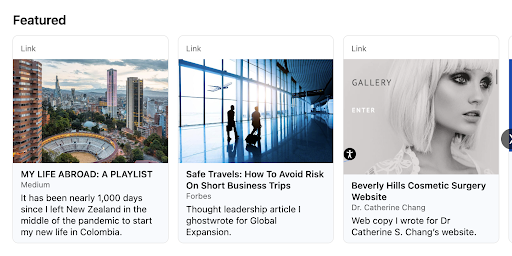
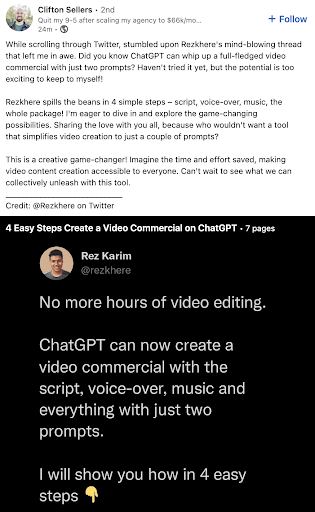
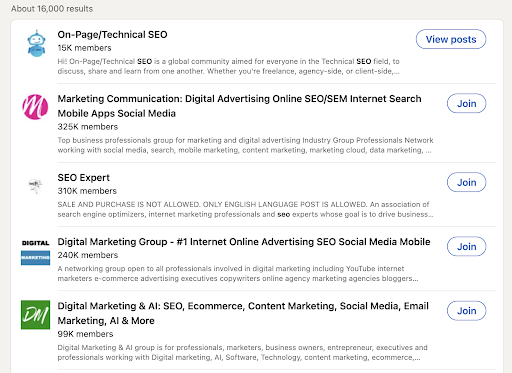
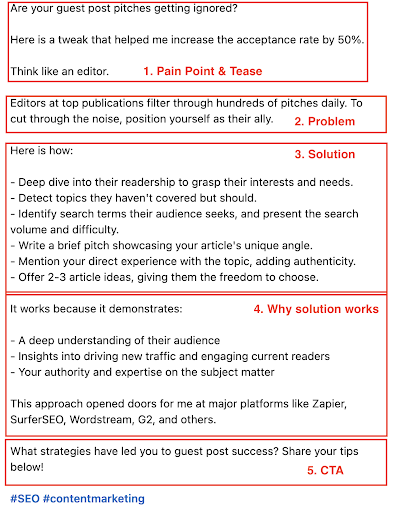

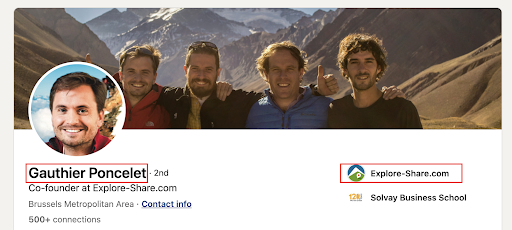
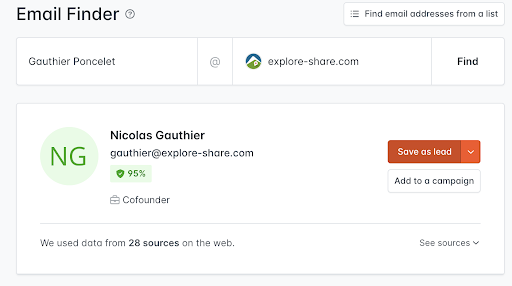

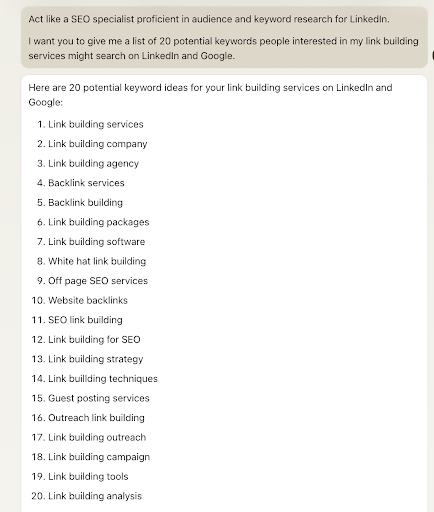

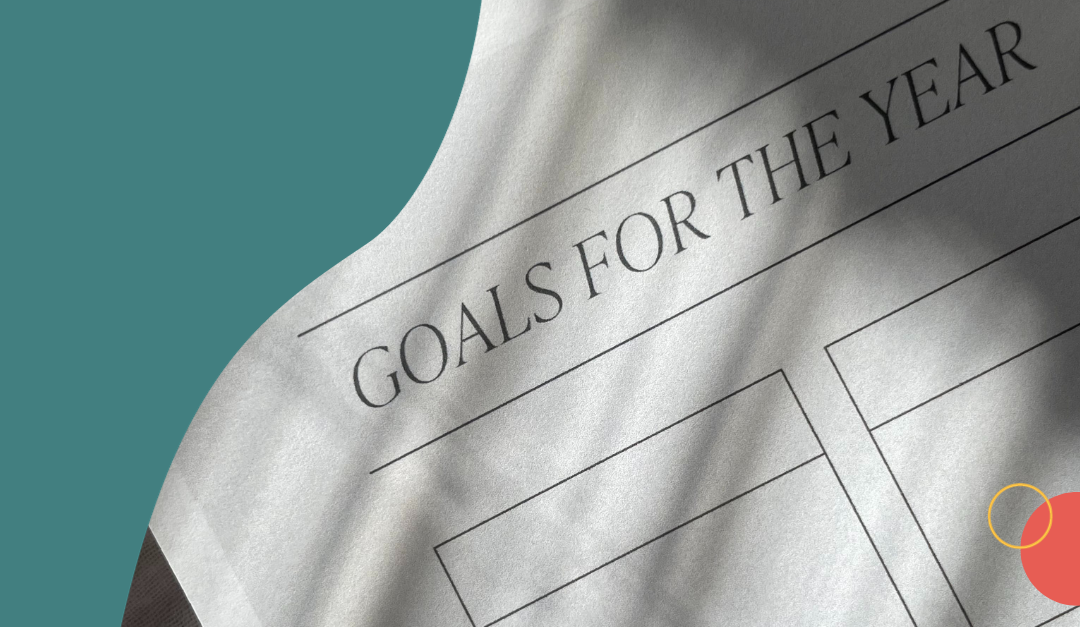

Recent Comments